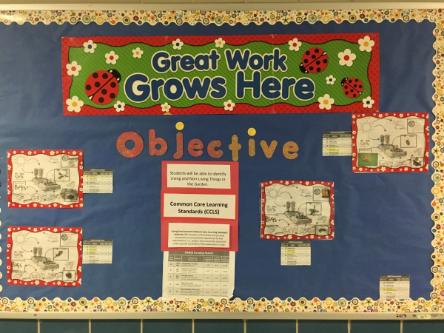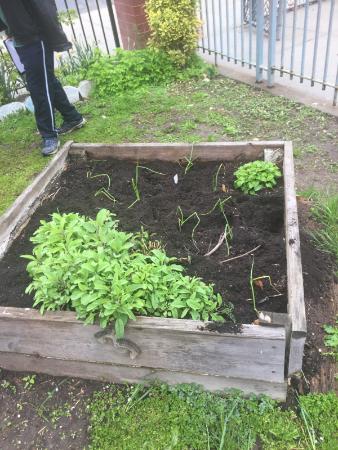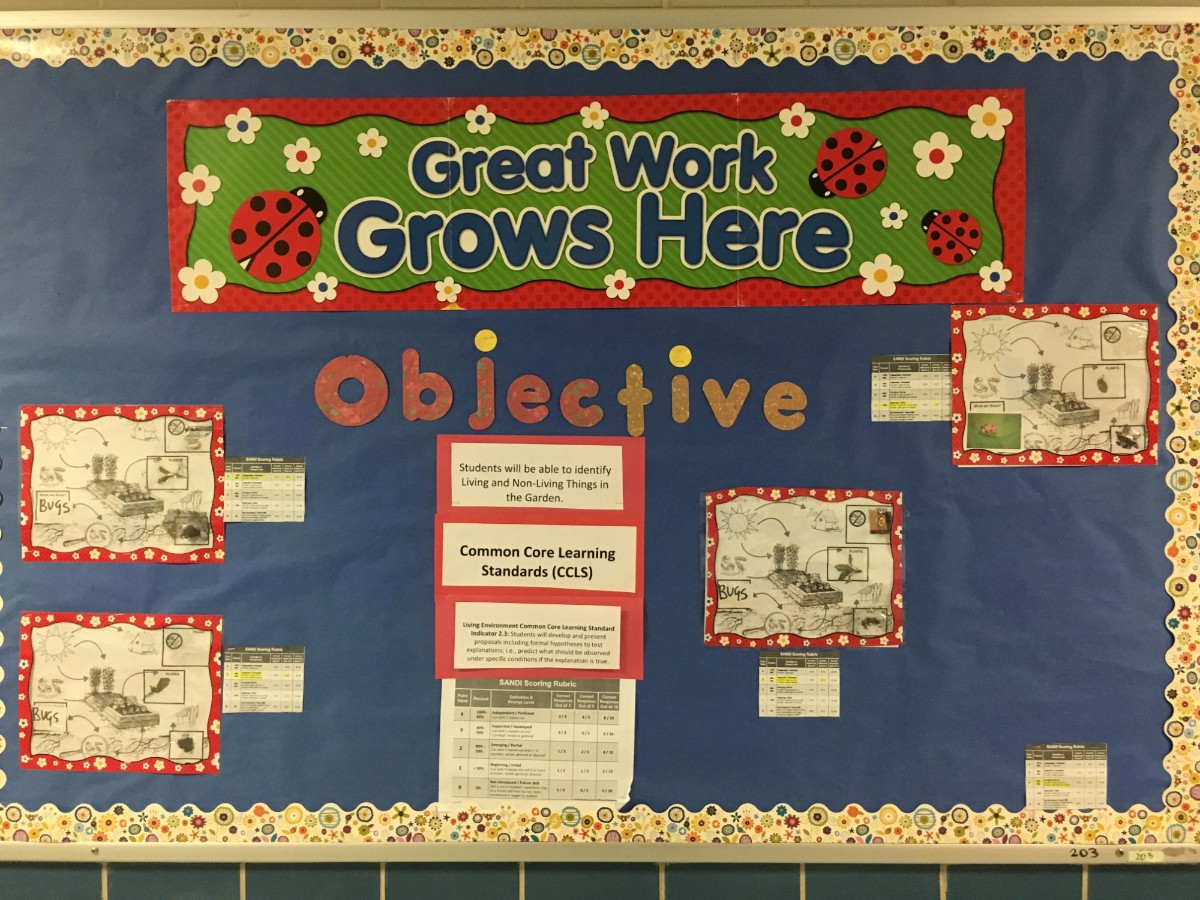Melissa Mitchem (mcm2267@tc.columbia.edu)
Raquel Vigil (rv2388@tc.columbia.edu)
For the Environmental and Sustainability Education (ESE) for All Zankel Fellowship, we primarily worked with three public schools after reaching out to various schools. We visited these schools weekly for lessons and clubs on ESE. For example, on Tuesday mornings, we taught lessons at P9721K in Coney Island, a school that serves students with different (dis)abilities. We taught these lessons to three cycles of students so that we could work with more classes. Also, we went to Metropolitan Soundview High School in the Bronx on Tuesday afternoons and led an after-school Environmental Club. Students were ninth graders, predominantly English language learners, had an opportunity to talk about issues shaping their lives in a more relaxed space than the traditional classroom setting. Finally, on Friday afternoons, we worked with an after-school group of ninth and twelfth graders at Columbia Secondary School around issues of environmental justice.
We believe our work has made a difference in the lives of the teachers and students with whom we’ve worked. We have received positive feedback from numerous teachers about the different environmental activities we’ve tried out with students. At Metropolitan Soundview, our teacher-liaison has expressed her interest in having a Zankel fellow return there next year to continue working with students. Additionally, our work at P721K has allowed for Teachers College to collaborate with a school that usually, because of geography, is not connected to Teachers College. Working with students there has been rewarding for us, and we are sharing curricular materials with teachers to that an environmental focus can continue in their future work.

Bulletin board at P721K made by Sustainability Coordinator after our lessons about ecosystems and the interdependence between living and nonliving things.
Several moments with students suggest the importance of our work. At Metropolitan Soundview for example, we used one of our club meetings to discuss the Green New Deal circulating through Congress. In reading the Green New Deal, student-made connections with our previous conversations at the club. We felt our true impact with students when we were not able to attend one week, students asked our teacher-liaison where we were and suggested that we make up the time in an upcoming week. This suggested to us that students really cared about the club.
The work at Columbia Secondary school (CSS) emphasized student leadership through a peer-mentoring program focused on issues of sustainability. Throughout the year, upper division students received training on sustainability concepts and workshop planning. They then collaborated with lower division students to co-design mini-workshops taught at the Columbia Secondary school garden.

Collaboration with teachers was fundamental to our fellowship efforts. At every school, we met with the Sustainability Coordinator or a teacher who did not have that role. From this initial meeting, we planned with the teacher how we could contribute to the school around ESE. These teachers created schedules for us, communicated with students and other teachers, and helped co-teach our lessons.
Our work through the fellowship informed our perspective on ESE in New York City schools. We observed that while there is interest in ESE among some individual teachers, it is difficult to add something else to teachers’ schedules in light of the various pressures they face. The teachers we worked with kindly gave up their time to work with us, but we think that there may need to be some substantial structural changes to schools if ESE is to become an integral part of students’ education. Additionally, we also learned that much of the lack of ESE in schools can be explained by a lack of awareness of existing resources. The city has a number of environmental organizations that offer experiences for students, and we were able to highlight some of these for teachers so that they could continue this work next year.
To conclude, we faced a number of challenges in our work throughout the year, most of which we were able to overcome but still bear mentioning for future fellows. For one, establishing ourselves at schools was a lengthy process, and we met with several schools initially but interest quickly died down. We had to refocus after the winter break to see how we could make the most out of our existing relationships with schools. Also, we were able to overcome this challenge by taking on more of a lead teaching role with our environmental lessons and doing more of the work rather than co-planning and co-teaching with teachers. This helped reduce the sense of our presence as a burden or extra thing for them to manage.
